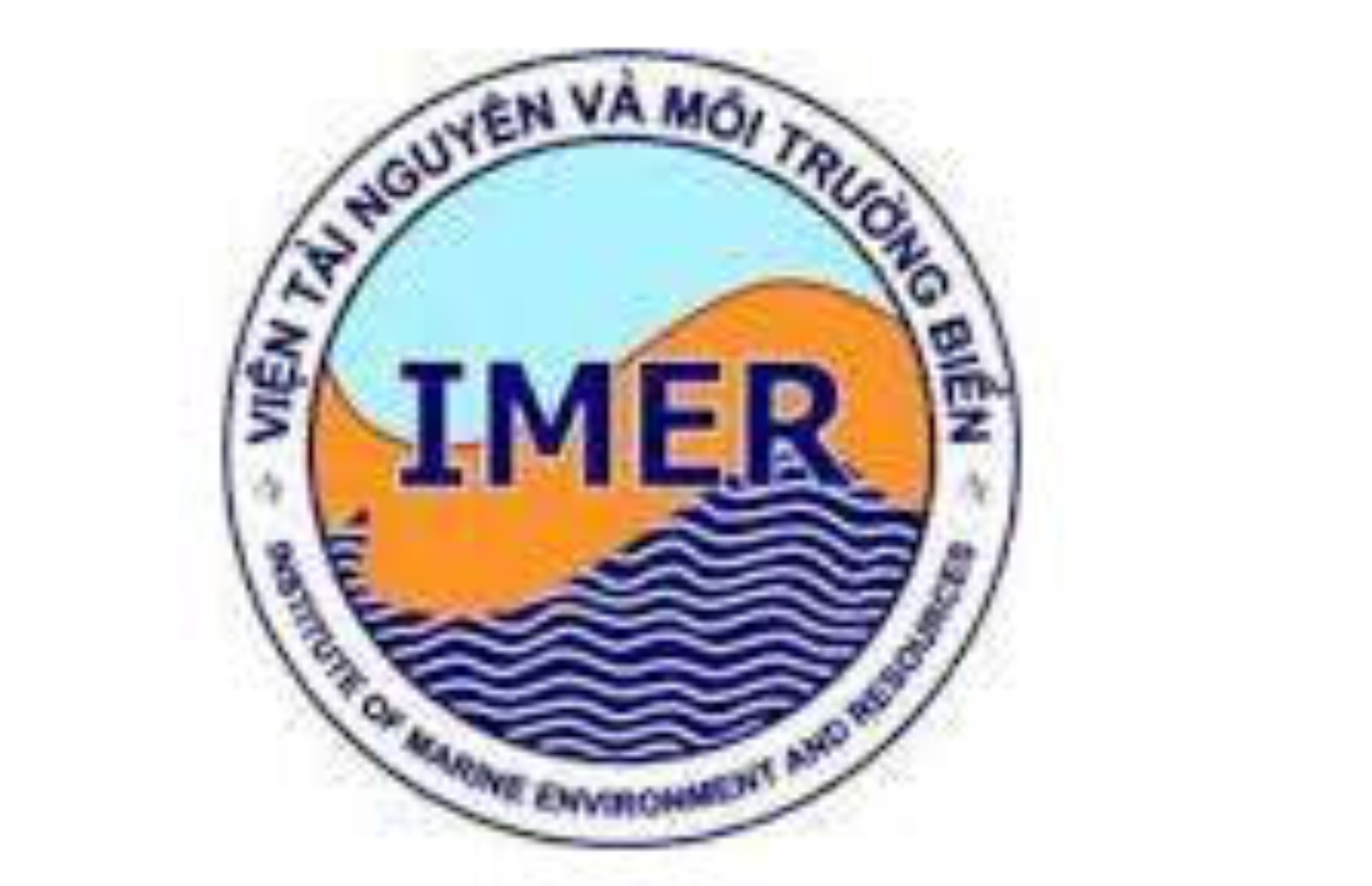Assessment of soil and soil-water salinity in Ben Tre province by electromagnetic technology
Author affiliations
DOI:
https://doi.org/10.15625/1859-3097/19/4/14902Keywords:
Soil salinity, soil-water salinity, electromagnetic induction, EM31-MK2 instrument, correlation, regression, distribution map.Abstract
Assessment of soil and soil-water salinity is essential in agricultural production, therefore it is necessary to find out the non-costly, effective, rapid and reliable integrated methodology for this purpose. The paper presents the results of using the electromagnetic induction instrument EM31-MK2Ô in combination with collecting and analyzing soil and soil-water samples, and applying GIS and geostatistical techniques to assess the current status of soil and soil-water salinity in Ben Tre province. Apparent soil electrical conductivity ECa measured from ground surface to 6 m in depth increases from inland to the sea in northwest - southeast direction; ECa is closely related to topsoil salinity to 30 cm deep and to soil-water salinity at depth of 10–100 cm. Current status of soil and soil-water salinity in 2018 was assessed with a 4-fold increase in information, from 16 km2/data point to 4 km2/data point. Consequently four maps were established, consisting of electrical conductivity ECe and total solube salt TSS distributions of soil; electrical conductivity σw and total dissolved solid TDS distributions of soil-water.Downloads
Metrics
References
Corwin, D. L., and Lesch, S. M., 2005. Apparent soil electrical conductivity measurements in agriculture. Computers and electronics in agriculture, 46(1–3), 11–43.
![]()
Corwin, D. L., and Lesch, S. M., 2013. Protocols and guidelines for field-scale measurement of soil salinity distribution with ECa-directed soil sampling. Journal of Environmental and Engineering Geophysics, 18(1), 1–25.
![]()
Cannon, M. E., Lachapelle, G., and McKenzie, R. C., 1994. Soil salinity mapping with electromagnetic induction and satellite-based navigation methods. Canadian Journal of Soil Science, 74(3), 335–343.
![]()
Tran, T. V., Tran, D. X., Myint, S. W., Huang, C. Y., Pham, H. V., Luu, T. H., and Vo, T. M., 2019. Examining spatiotemporal salinity dynamics in the Mekong River Delta using Landsat time series imagery and a spatial regression approach. Science of the total environment, 687, 1087–1097.
![]()
Amezketa, E., 2007. Soil salinity assessment using directed soil sampling from a geophysical survey with electromagnetic technology: a case study. Spanish Journal of Agricultural Research, 5(1), 91–101.
![]()
Cameron, D. R., Read, D., Jong, E. D., and Oosterveld, M., 1981. Mapping salinity using resistivity and electromagnetic inductive techniques. Canadian Journal of Soil Science, 61(1), 67–78.
![]()
Diaz, L., and Herrero, J., 1992. Salinity Estimates in Irrigated Soils Using Electromagnetic Induction. Soil Science, 154, 151–157.
![]()
Wang, H., Ren, S., Hao, Z., Meng, L., Wei, W., and Jing, C., 2016. Quantitative Evaluation and Uncertainty Assessment on Geostatistical Simulation of Soil Salinity Using Electromagnetic Induction Technique. Journal of Environmental Protection, 7(6), 844–854.
![]()
Herrero, J., Ba, A. A., and Aragüés, R., 2003. Soil salinity and its distribution determined by soil sampling and electromagnetic techniques. Soil use and management, 19(2), 119–126.
![]()
Lesch, S. M., Rhoades, J. D., Lund, L. J., and Corwin, D. L., 1992. Mapping soil salinity using calibrated electromagnetic measurements. Soil Science Society of America Journal, 56(2), 540–548.
![]()
McNeeill, J. D., 1980. Electromagnetic Terrain Conductivity Measurement at low Induction Numbers. Geonics Technical Note TN-6.
![]()
McNeill, J. D., 1992. Rapid, Accurate Mapping of Soil Salinity by Electromagnetic Ground Conductivity Meters. Advances in Measurement of Soil Physical Properties: Bringing Theory into Practice, 30, 209–229.
![]()
Rhoades, J. D., and Corwin, D. L., 1990. Soil electrical conductivity: effects of soil properties and application to soil salinity appraisal. Communications in soil science and plant analysis, 21(11–12), 837–860.
![]()
Sheets, K. R., and Hendrickx, J. M., 1995. Noninvasive soil water content measurement using electromagnetic induction. Water resources research, 31(10), 2401–2409.
![]()
Slavich, P. G., 1990. Determining ECa-depth profiles from electromagnetic induction measurements. Soil research, 28(3), 443–452.
![]()
Benson, A. K., Payne, K. L., and Stubben, M. A., 1997. Mapping groundwater contamination using dc resistivity and VLF geophysical methods–A case study. Geophysics, 62(1), 80–86.
![]()
Cook, P. G., Walker, G. R., Buselli, G., Potts, I., and Dodds, A. R., 1992. The application of electromagnetic techniques to groundwater recharge investigations. Journal of Hydrology, 130(1–4), 201–229.
![]()
Kachanoski, R. G., Wesenbeeck, I. V., and Gregorich, E. G., 1988. Estimating spatial variations of soil water content using noncontacting electromagnetic inductive methods. Canadian Journal of Soil Science, 68(4), 715–722.
![]()
Trinh Hoai Thu, Nguyen Nhu Trung, Do Van Thang, Vu Van Manh, Nguyen Thu Hang, 2016. Study current stuatus of TDS distribution in the Pleistocene aquifer in coastal zone of Nam Dinh province. Vietnam Journal of Marine Science and Technology, 16(2), 151–157.
![]()
Nguyen Nhu Trung, Trinh Hoai Thu, Nguyen Van Nghia, 2008. Application of the electrical resistivity and hydrogeology modeling methods to map and forecast the saltwater intrusion in Thai Binh province. Journal of Geology, 31–32, 241–248.
![]()
Vaughan, P. J., Lesch, S. M., Corwin, D. L., and Cone, D. G., 1995. Water content effect on soil salinity prediction: a geostatistical study using cokriging. Soil Science Society of America Journal, 59(4), 1146–1156.
![]()
National Target Program for Adaption to Climate Change of Ben Tre Province’s Office - People’s Committee of Ben Tre province, 2016. Climate change and sea level rise scenario in Ben Tre province.
![]()
Sonmez, S., Buyuktas, D., Okturen, F., and Citak, S., 2008. Assessment of different soil to water ratios (1: 1, 1: 2.5, 1: 5) in soil salinity studies. Geoderma, 144(1–2), 361–369.
![]()
Archie, G. E., 1942. The electrical resistivity log as an aid in determining some reservoir characteristics. Transactions of the AIME, 146(01), 54–62.
![]()









